Importance of gut health in poultry
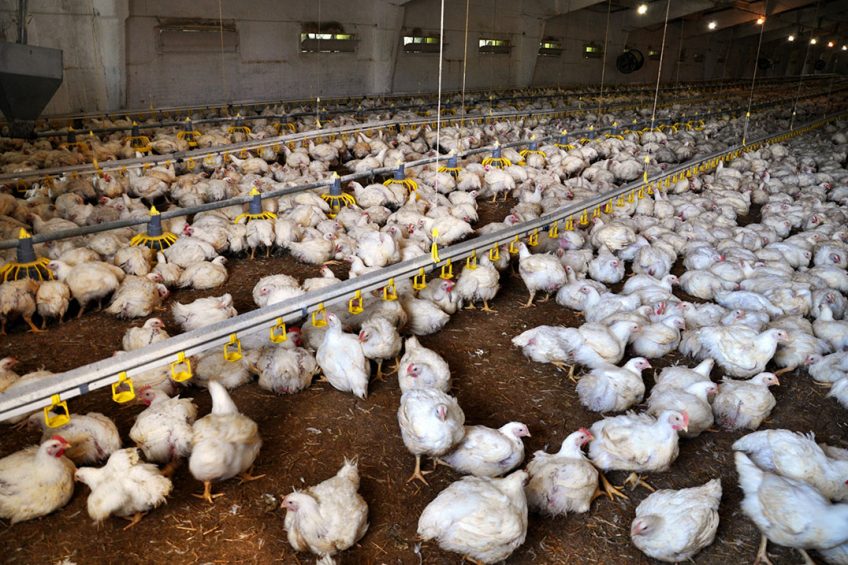
Bacterial enteritis is an important disease in poultry, causing loss of performance. It is a multifactorial disease with several predisposing factors. The use of feed additives in combination with proper management and prevention of coccidiosis allows you to grow your flock to its maximum genetic potential.
Gut health is crucial for performance, health and welfare of production animals. Next to common pathogen-induced intestinal pathologies, more subtle digestive disorders are an increasing problem. These are often characterised by intestinal inflammation and villus shortening, which affect performance. The main infectious causes that impair gut health in poultry are mainly from bacterial origin. Although necrotic enteritis (Clostridium perfringens) outbreaks are becoming rare under EU farming conditions, bacterial enteritis or dysbacteriosis is emerging since 2000. Preventive additives for gut health issues range from antimicrobial growth promoters and anticoccidials to alternative gut health additives.
Bacterial enteritis is omnipresent
Due to antimicrobial resistance, preventive use of antimicrobial growth promoters is now banned in most countries. This has led to increased problems with necrotic and bacterial enteritis. Since coccidiosis is the main predisposing factor, good gut health starts with coccidiosis control. The use of ionophore and chemical anticoccidials in rotation and shuttle programmes prevents the risk of necrotic enteritis, but should be used with care to prevent resistance. Anticoccidials and cox-vaccins, however, will not protect the animals against bacterial enteritis. Although some of the contributing factors between necrotic enteritis and bacterial enteritis are the same (coccidiosis, feed quality) and the same antibiotics are used as a therapy, they are not the same. Necrotic enteritis is induced by Clostridium perfringens, whereas bacterial enteritis is omnipresent in poultry production. Bacterial enteritis is an inflammatory response in the gut induced by a general bacterial challenge, not one single bacterial species. It is a complicated interaction between microbiota and mucosa that does not lead to necrosis, but to inflammation and morphological changes. It creates a favourable environment for further multiplication of involved bacterial groups. Typical signs are wet litter, diarrhoea, feed intake stagnation and increased water/feed ratio. Bacterial enteritis is a vicious circle, starting with an oversupply of nutrients in the lumen, leading to a shift in microbiota, inducing morphological and functional alterations, resulting in poor digestion of feed and absorption of nutrients, leading again to oversupply of nutrients in the lumen. To prevent this vicious circle it is recommended to use preventive additives that interact with all four steps of this vicious circle (Figure 1).
Figure 1 – The vicious circle of bacterial enteritis and the use of feed additives to interact at the different stages of the vicious circle, adapted from De Gussem, 2010.

Genetic selection for growth has increased feed intake as a consequence. Modern broilers eat almost twice their own body weight every day. Anti-nutritional compounds such as non-starch polysaccharides (NSPs) and mycotoxins in the feed could lead to bad digestibility, resulting in more undigested protein in the lumen on which pathogenic bacteria can be fed. NSPs present in the feed increase viscosity in the gut, decreasing the passage rate of digesta. This leads to decreased absorption of digesta and increased incidence of wet litter. The presence of mycotoxins in the feed harm the intestinal barrier functioning and is one of the predisposing factors for secondary diseases and dysbacteriosis.
The gut microbiome exists of more than 1012 bacteria from which the host benefits in different ways: they expand the digestive capacity, they produce essential nutrients, increase colonisation resistance against pathogenic intruders and assist in detoxification. The more diverse and rich the microbiome, the healthier the host. The microbial community depends on the microbial substrate preference coming from the host diet, but also from bacterial metabolites. Cross feeding occurs between microbiota, e.g. butyrate and lactate producers. The SCFA (acetic acid, butyric acid and propionic acid) formed will be consumed by other bacteria or will serve as an energy source for the enterocytes. Gut health can hence be improved by steering the intestinal microbial community with feed composition and additives.
The main functions of the gut are digestion and absorption of nutrients and the interface between organism and the outer world. The efficiency of feed digestion and absorption is directly proportional to the healthy surface of the intestine. The longer the villi, the greater the surface for absorption and healthier the microvilli, the more production of enzymes to break down the complex molecules. Moreover, the enterocyte lining is the physical barrier between intestinal lumen and blood, tightly sealed together by tight junctions, preventing bacteria and toxic substances to enter the blood and to cause inflammation and leaky gut. Together with the gut associated lymphoid tissue, the intestine is the largest immune organ mounting an adequate immune response to pathogens, but also preventing inflammatory response and keeping a state of oral tolerance against commensals and dietary compounds. The presence of enteroendocrine cells (hormone production) make the gut also a sensory organ. The receptors recognise specific molecules (e.g. butyrate) and send signals to the brain and other organs for proper adaptation. Increased concentrations of butyrate for example in the lumen will lead to a reduced inflammatory response by adversing the typical inflammation responses, such as vasodilatation, muscle breakdown and loss of appetite.
Additional protection for the gut
Additives to enhance gut health are gaining ground to support host defence, gut barrier management and integrity and recovery of the intestine, or control the microbial ecosystem directly. N-Force is a synergistic blend that interacts with different steps in the vicious circle of bacterial enteritis. It has antimicrobial, physiological and immunological properties, which offer protection throughout the intestinal tract resulting in a balanced and healthy microflora which is essential for optimal technical performance. Figure 2 summarises the results of a broiler trial that was conducted with male broiler chicks (Cobb) supplemented with either N-Force or Flavimpex. The addition of N-Force to a standard commercial diet resulted in an improved body weight gain and FCR compared to a control diet and resulted in similar technical performance as an antibiotic growth promoter (flavomycine). Villi length was statistically increased on day 23. An improved gut health is known to result in better digestion and nutrient absorption, explaining enhanced growth and FCR.
Figure 2 – A trial was conducted on 1080 male Cobb broilers, divided over 27 pens of 40 animals each, during 39 days. Each pen was randomly assigned to one of the 3 treatments: 1. Control, 2. N-Force at 1.5 kg/T in the starter, 1 kg/T in grower and 0.5 kg/T in finisher phase or 3. An antibiotic growth promoter Flavimpex.

Author: Astrid Koppenol, Impextraco
 Beheer
Beheer

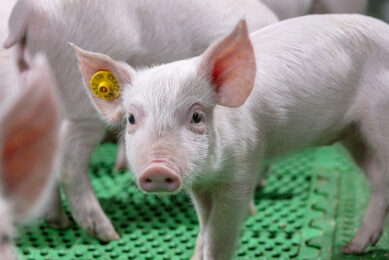
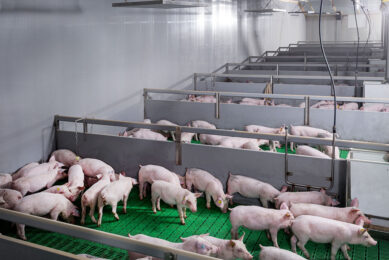
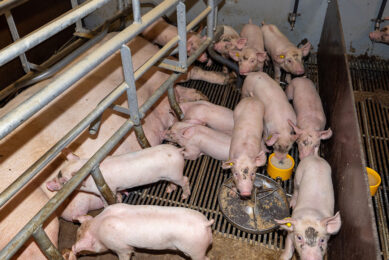
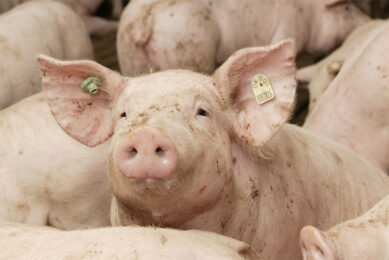



 WP Admin
WP Admin  Bewerk bericht
Bewerk bericht